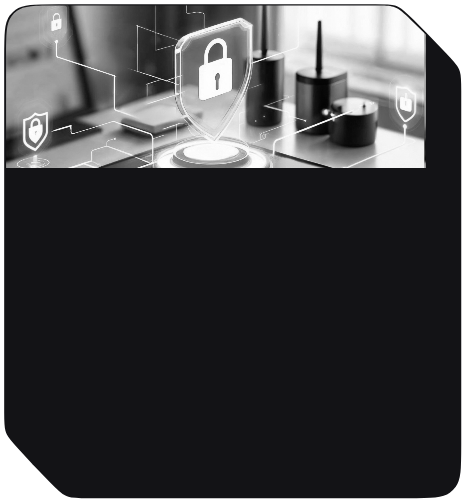The Backlog Just Keeps Growing
Security misconfigurations account for 90% of the root cause of cloud breaches. Yet, most tools just detect issues, leaving you drowning in alerts and tickets.

Legacy
Configurations
Outdated setups from previous engineers that never got cleaned up create ulnerabilities and compatibility issues.

Cloud Security
Vendor Alerts
CSPM/CNAPP products find issues faster than teams can remediate. Engineers struggle to prioritize amid a flood of findings.

Expanding
Cloud Utilization
Growing infrastructure means growing risks and gaps. More resources spin up, and the complexity increases exponentially.
What Makes Gomboc Different
Fix, Don’t Just Find
Gomboc Agentic AI automatically writes code to fix security issues based on standards like CIS Critical Controls, translating security policy into precise, ready-to-merge infrastructure-as-code fixes.
START TODAY


Automation Flow
.svg)
Effortlessly solve security misconfigurations with Gomboc AI's deterministic approach. Instead of drowning in alerts and tickets, our solution provides precise, actionable fixes based on your infrastructure's unique architecture. By automating these corrections, you eliminate the manual labor and reduce risk, ensuring vulnerabilities are addressed efficiently and effectively.
START FIXING TODAY

.svg)
Take back control of your development time. With Gomboc AI, your team no longer has to sift through an endless backlog of issues or struggle with outdated configurations. Free up critical engineering hours to focus on innovation and business objectives, not repetitive problem-solving.
START FIXING TODAY

.svg)
Security isn't a one-time effort—it's a continuous journey. Gomboc AI ensures a sustainable process by integrating seamlessly into your workflow. Automate fixes and enforce policies regularly, so your infrastructure remains secure and up-to-date without slowing down your development cycle.
START FIXING TODAY


Workflow Integration
Click, Click, Fixed.
Gomboc integrates seamlessly into your GitOps workflow. Fixes are tailored, tested, and sent via pull requests for engineers to review and merge with confidence.

START FIXING TODAY

Why Now?
Misconfigured Cloud Service
.svg)
The average cost of a cloud data breach is $5.17M. Attackers exploit exposed misconfigurations within hours. Gomboc keeps you ahead of risk by resolving issues before they're breached.
Gomboc ROI
Measurable Impact in

Not Weeks
Stay Ahead of the Curve
Backed by Solid Investors

Reduce Your Backlog to Zero
With Gomboc AI, you can eliminate manual security work, reduce remediation time by 12x, and finally get real ROI from your CNAPP and CSPM tools by automatically fixing the misconfigurations they find.
All without slowing your developers down
Gomboc is certified and compliant with






.svg)



%20(1).svg)

.svg)
.webp)



